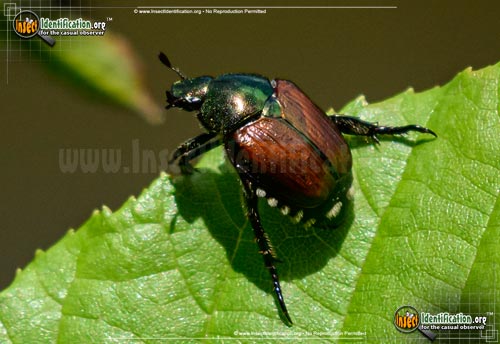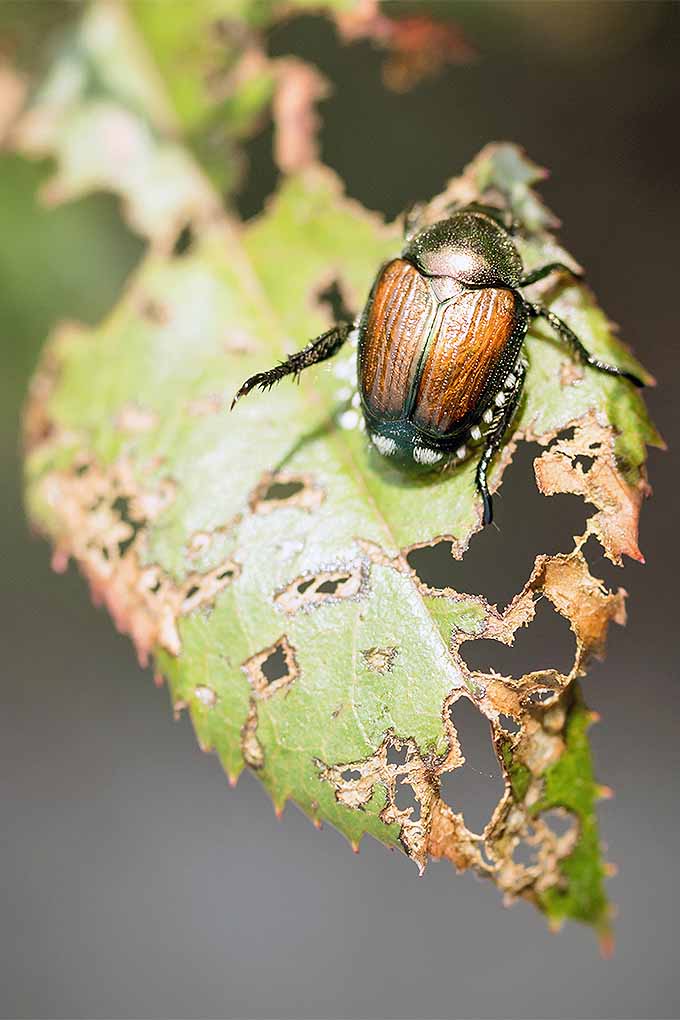japanese beetle life cycle iowa
Japanese beetles are often found in field edges or areas of delayed growth. Neem oil and 1 tsp.
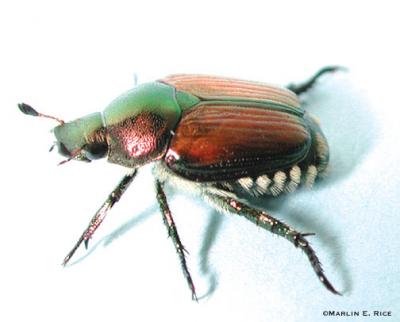
Japanese Beetle In Corn And Soybean Integrated Crop Management
It is common for this pest to be abundant in one part of a town and not others.
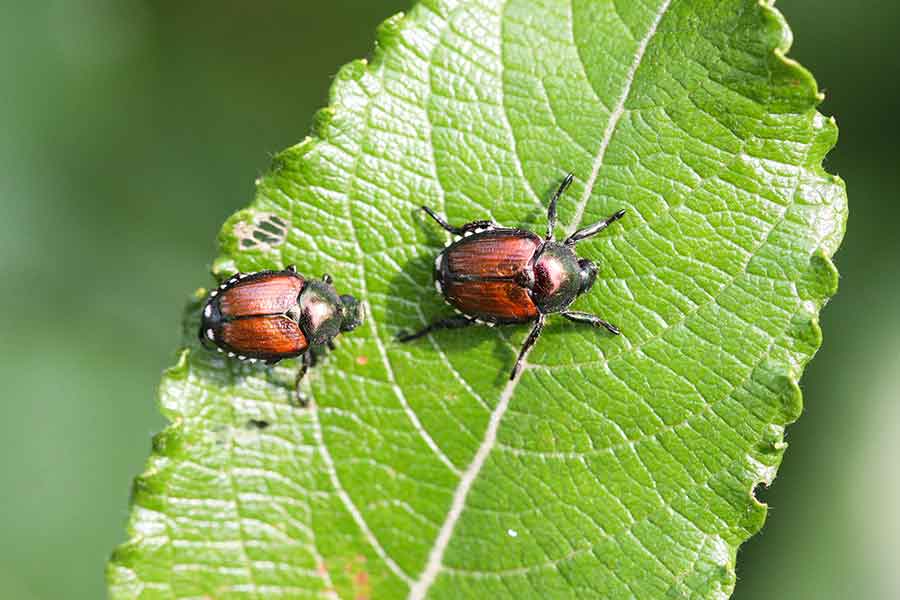
. Here are the stages in the lifecycle of a Japanese beetle. Growing degree days accumulated base 50F for Japanese beetle adults in Iowa 1 January-14 June 2015. The adult beetles eat the leaves and flowers of over.
Observing Japanese beetles feeding on plants is quite common since the adult beetle feeds on about 300 species of trees shrubs ornamental and fruit trees in addition to vegetable crops. 50131 - Johnston Iowa. Corn soybean ornamentals fruit trees grapes weeds.
As this insect moves into other areas its important to understand their life cycle the damage they cause and options for managing them. Life Cycle Japanese beetles have one generation per year in Iowa Fig. While the adult life cycle of the Japanese Beetle is over at the end of the growing season it is always a good time to look ahead.
When Japanese beetle grubs are sufficiently abundant in turf 100 or more per square yard the grass turns brown and dies owing. Adults begin emergence around 1030 degree days. The beetle chews away at the leaf tissues to the point where complete defoliation of the deciduous plant material has taken place.
Adult females lay eggs in moist sod in July. Make a natural neem oil spray to exterminate Japanese beetles on your prized ornamental shrubs and flowers. In Connecticut this insect has been found in almost all parts of the State.
Japanese beetle life cycle. Thats because much of its life cycle takes place underground. In most parts of its range the Japanese beetle completes its life-cycle in one year but some populations in cooler climates may complete their development in two years Vittum 1986.
Japanese beetle larvae are annual white grubs. What is the life cycle of the Japanese beetle. Adult Japanese beetles feed on and damage some field crops ornamental plants shrubs and garden plants.
The head and thorax are shiny metallic green and the wing covers are coppery red. The Japanese beetle Popillia japonica has an annual life cycle. Japanese beetles that were present last summer laid eggs in moist soil covered with grasses turfgrass waterways roadsides etc.
Adult female beetles lay eggs in the soil in early June. To make the beetle spray mix 2 tsp. The adult beetles lay their eggs in late July into August and the eggs hatch shortly after.
The grubs are C-shaped and approximately 125 inches when fully grown. The damaging life stage of the Japanese Beetle life cycle is when the white grub is a larvae. A distinguishing feature of the beetles is five tufts of white.
After the egg hatches in summer the grub feeds on roots until the following summer when it emerges as a shiny beetle. The Japanese beetle did not appear in Iowa until 1994 but is now found in over 34ths of the state. That is it takes one year to complete the development and growth from egg to adult and there is only one generation per year.
Grubs cease feeding in October and overwinter 15 cm below the soil surface Figure 3. Castile soap with 1 quart 1 l of water in a spray bottle. Thoroughly shake the bottle then spray on plants.
Its not easy to spot the Japanese beetle at first. Life Death Cycle of The Japanese beetle Popillia japonica Newman is the most abundant and important landscape pest in Ohio. The egg larva and pupa life cycle stages develop underground and unless soil is removed or dug into these life stages will not be seen.
Life cycle of Japanese beetles. Appearance of adult the timing of oviposition and subsequent development have been shown to vary with latitude altitude and also from year to year Fleming 1972. In Iowa adult beetles emerge in mid-June through July.
Adults begin to emerge in May and feed on foliage through September. Adults emerge from grass in late June and immediately begin to feed on low-lying plants such as roses and. Some of the most common trees to suffer dieback from the Japanese Beetle in Des Moines Iowa are the River birch Betula nigra Paper birch Betula papyrifera Linden or American basswood Tilia americana and fruit trees.
Please enter a valid location. The host range of this insect is very large over 300 species of plants. Japanese beetles are similar to other Junebugs in appearance and 38 inch long and 14 inch wide.
To date its progress west has not been beyond the states of Iowa and Missouri. The Japanese beetle occurs in all states east ofthe Mississippi River with sporadic infestations reported in California Iowa Missouri and Nebraska. Is necessary for the completion of the entire life cycle.
Japanese beetle have one generation per year Figure 2. Females lay eggs in soil that hatch within seven to 14 days and grubs begin feeding on grass roots. Management of Japanese Beetle.
This pest was detected in New Jersey in 1916 having been introduced from Japan. The best way to control adult beetles is to make a preemptive strike in the spring well in advance of the adults emerging. Life Cycle Japanese beetles have one generation per year in Iowa Photo 1.
After this spring feeding period during the third summer of its life cycle the grub. Neem oil spray helps to eradicate Japanese beetles. They overwinter deep in the soil and resurface again in spring when soil temperatures rise to feed for another 3 to 4 weeks before emerging as adult Japanese beetles.

How Many Japanese Beetles Will You See This Year Horticulture And Home Pest News
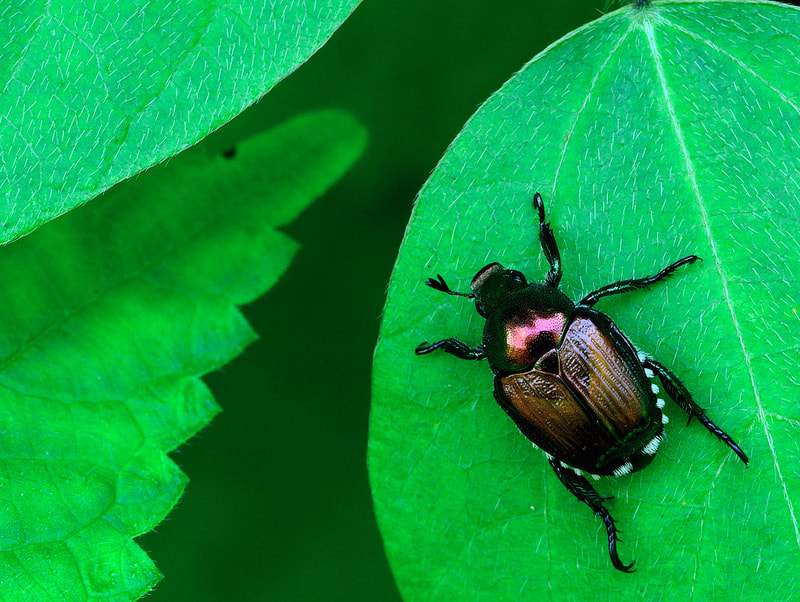
Japanese Beetles The Garden Website Com

Japanese Beetle The Arbor Day Foundation
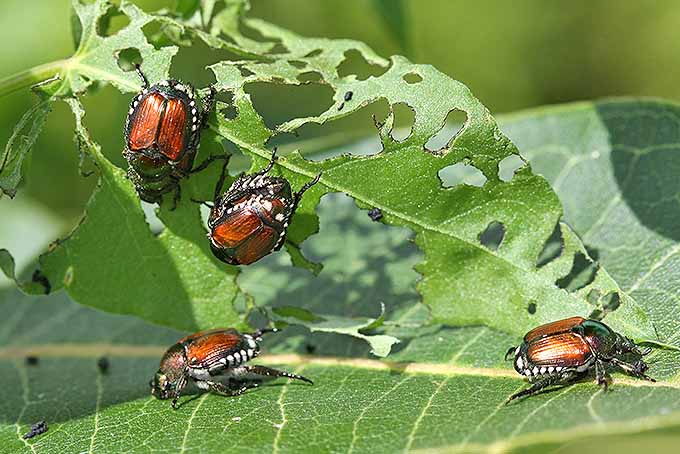
How To Get Rid Of Japanese Beetles Gardener S Path
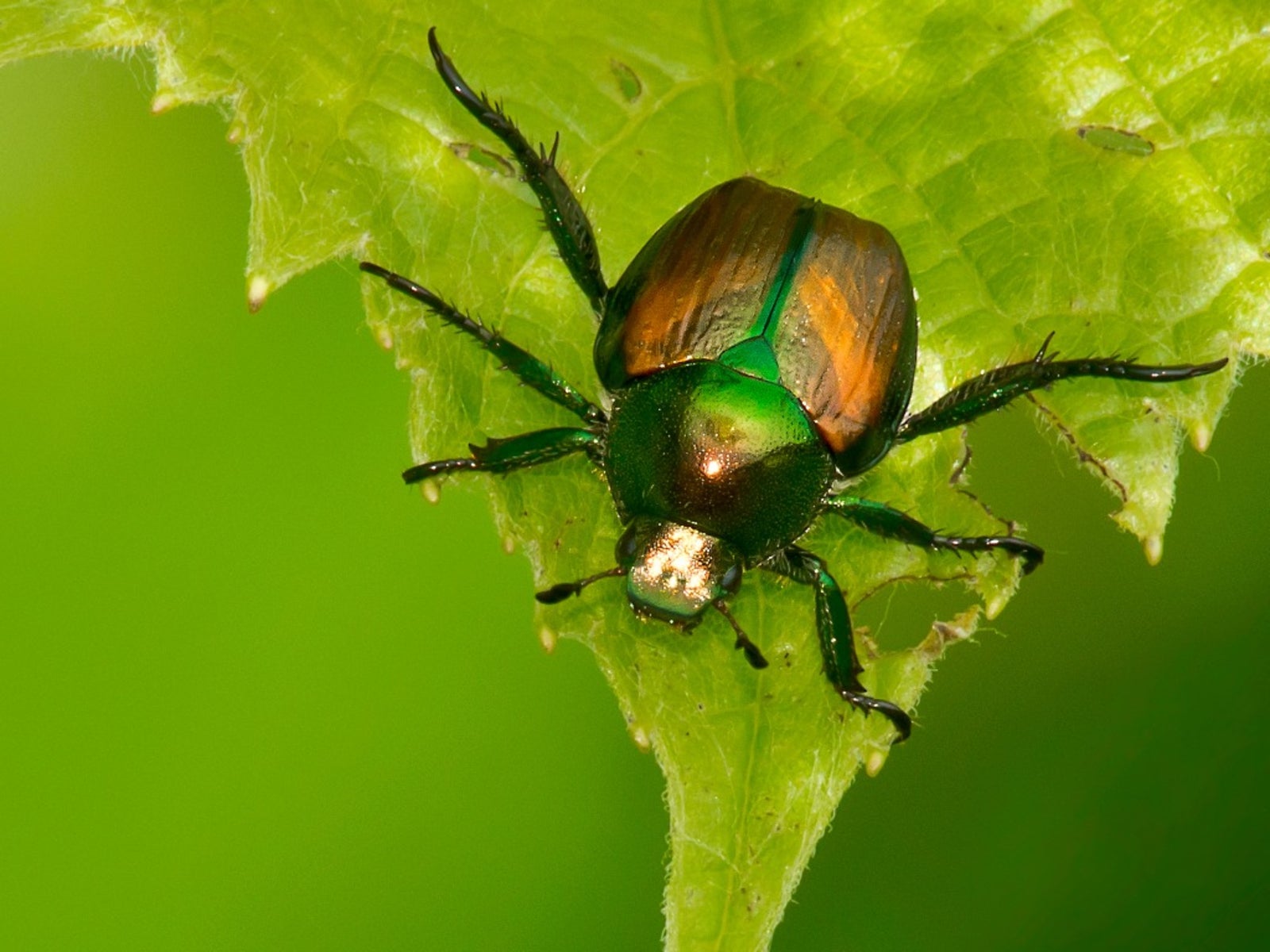
Information On Plants That Deter Japanese Beetles And Plants Japanese Beetles Avoid
Life Cycle Of The Japanese Beetle Including A Eggs David Cappaert Download Scientific Diagram

No Easy Solution For Japanese Beetles Iowa Public Radio
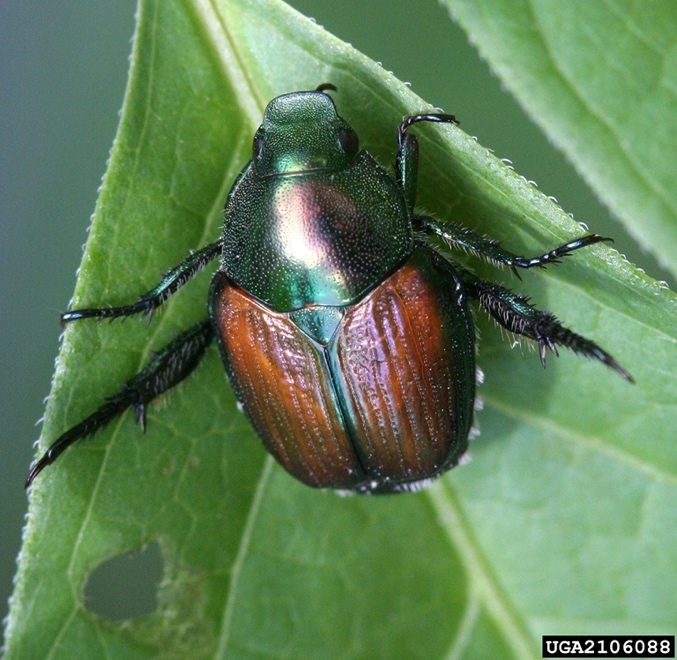
Japanese Beetle As A Pest Of Field Corn Land Grant Press
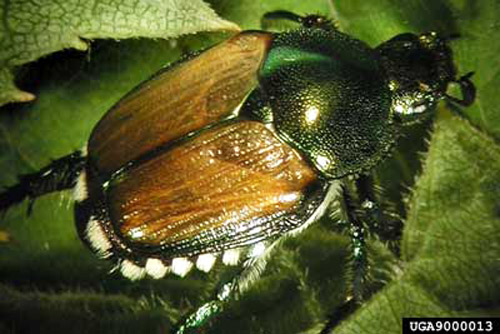
Japanese Beetle Popillia Japonica

Japanese Beetles In The Urban Landscape Entomology Japanese Beetles Japanese Beetle Control Japanese Beetle Grubs
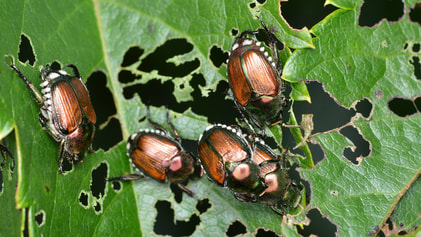
Japanese Beetles The Garden Website Com
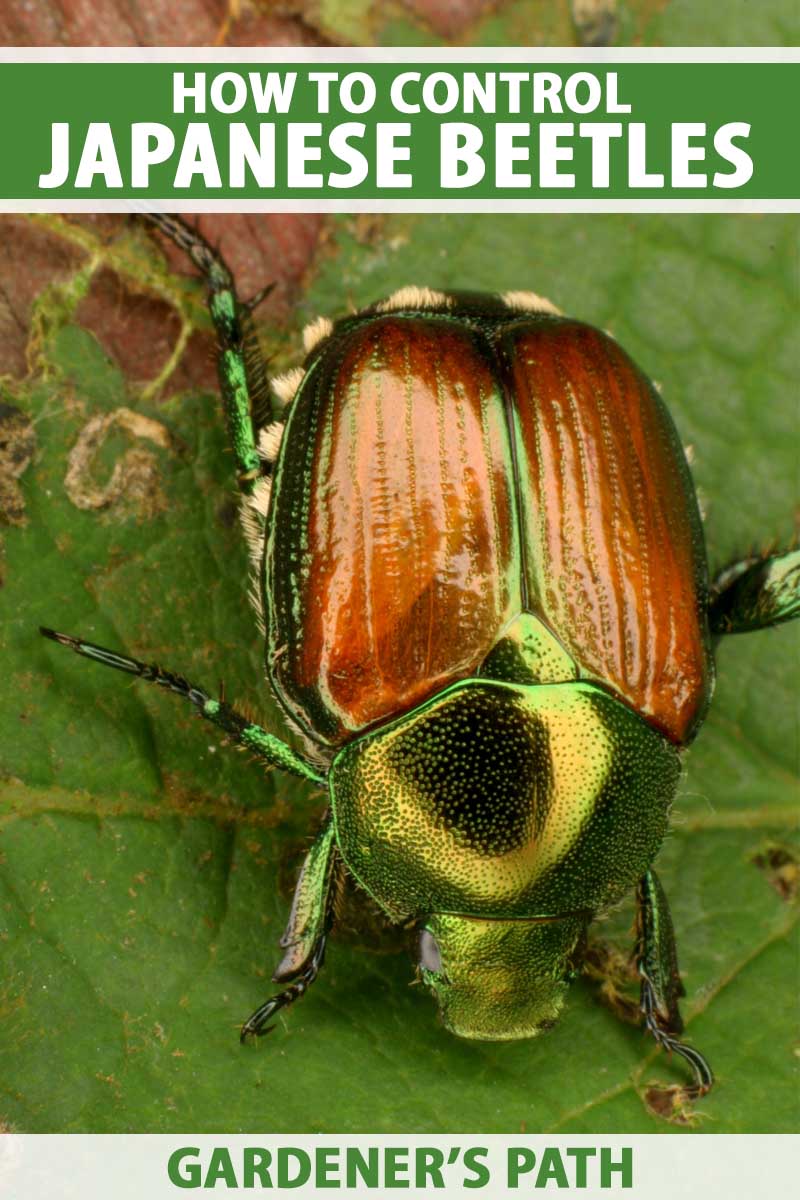
How To Get Rid Of Japanese Beetles Gardener S Path
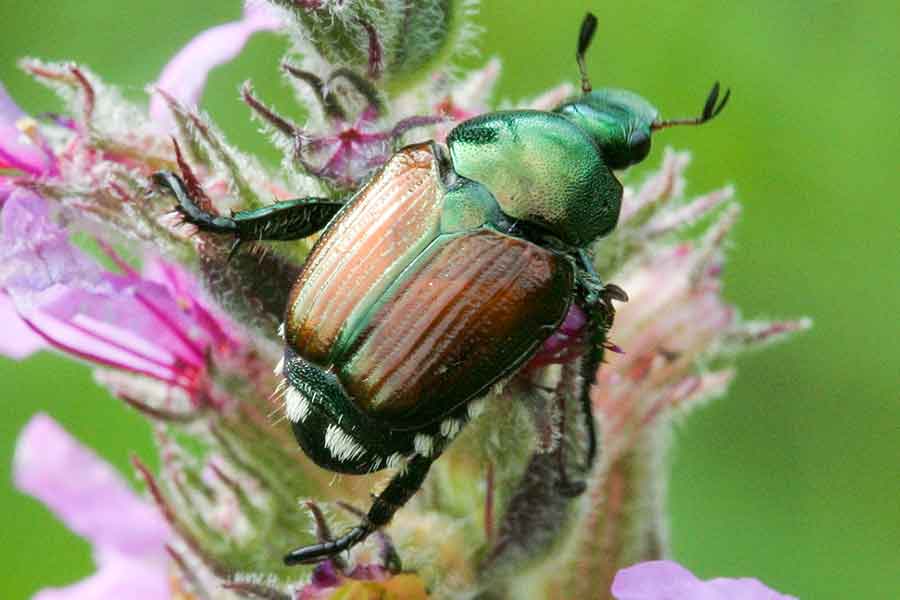
Japanese Beetle The Arbor Day Foundation
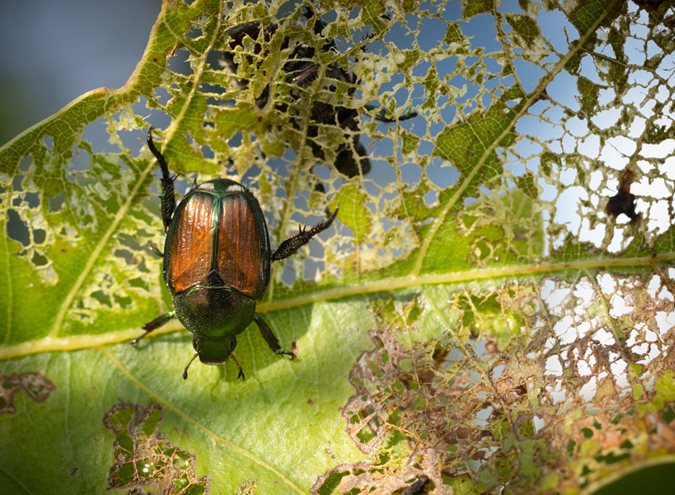
How To Get Rid Of Japanese Beetles Garden Design

Japanese Beetles Expanding Range In Iowa Integrated Crop Management

Japanese Beetle Food Preferences Horticulture And Home Pest News
